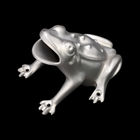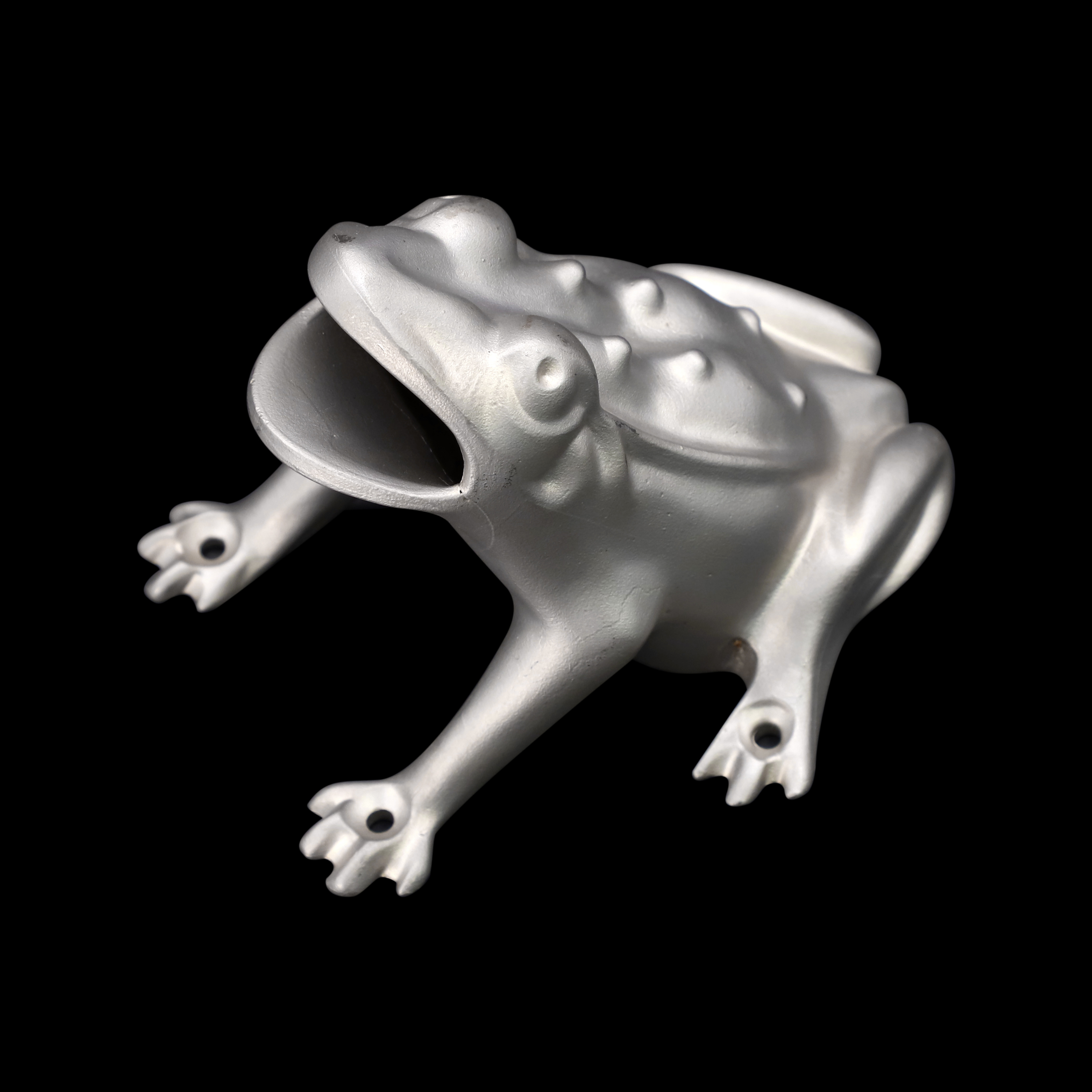Anodizing tolerance 0.01mm metal stamping components
CNC machining parts
In the CNC machining process more than the choice of tools and technology. In order to save money and ensure high-quality results, a detailed analysis of the parts produced and the relationship with the machines and projects involved is very important. Many factors need to be evaluated, and efficient, accurate and error-free CNC machining depends on process analysis and careful planning.
Production Capacity:
| Machining Equipment: |
3/4/5 Axis CNC machining center, CNC engraving machine, CNC milling machine, CNC turning machine, high precision grinding machine, WEDM etc |
| Inspection Equipment: |
KEYENCE Image Dimension Measuring System, Projector, CMM, Height Gage, Hardness Tester, Salt Spray Tester, Altimeter, Micrometer, Thread Gages, Calipers, Pin Gauge etc. |
| Precision: |
Min. tolerance can reach 0.005mm |
| Application: |
Railway, Auto, Truck, Medical, Machinery, Equipment, Electronic, Electrical, Optical etc |
| Material Available: |
Aluminum: AL6061, Al6063, AL6082, AL7075, AL5052, AL2024, A380 etc
Stainless steel: SS201, 301, SS303, SS304, SS316, SS430 etc
Steel: alloy steel/ carbon steel including 4140, 4340, A36, 1020, 1045 etc
Brass: HPb63, HPb62, HPb61, HPb59, H59, H68, H80, H90 etc.
Copper: C11000, C12000, C12000, C17200, C72900, C36000 etc.
Plastic: ABS, PC, POM, Delrin, Nylon, Teflon, PP etc.
|
|
Surface
Treatment
|
Aluminum parts: Anodization, Sandblast, Brushing, Polishing, Chrome Plating etc
Stainless Steel parts: Polishing, Brushing, Passivating, Sandblasting, PVD vacuum plating
Steel: Zinc plating, Nickel plating, Chrome plating, Powder Coating etc
Plastic: Painting, Polishing, Chrome plating, Sandblast, Engraving
|
CNC machining process
The entire machining process depends on many factors and requires the right tools and techniques to ensure machining accuracy and quality.
1. Computer Aided Design (CAD)
CAD is the first step in the manufacturing process, and decisions made at this stage affect all aspects of production. Software tools and methods are an important part of component design because they allow manufacturers to create accurate pictures based on component dimensions and specifications.
Machining tools and complex conditions in the real world may limit geometry and influence design decisions. CAD technology enables people to identify problems and make changes in the virtual world before mass production.
2. Selection of machine tools
It is necessary to use different CNC machines to process different parts. The material, type and size of the parts will affect the processing process. The CNC machine should always be selected according to the specific design requirements of the part.
It is important to determine all processes and steps before production starts, where each machine needs to be constructed and set up according to related projects. If necessary, many CNC operations can be performed:
CNC drilling-This process uses a drill with multiple points to create holes in the surface. These holes can be aligned exactly and the drill bit can also perform reaming, counter hole and counter hole operations.
CNC milling-When using a rotating cutting tool to remove material, the process is called milling. This task can produce round and smooth surfaces as well as deep holes, threads and grooves.
CNC turning – When a lathe or other tool is driven into the workpiece in a repetitive linear manner, the material will be removed from the outside of the part and a cylindrical shape can be formed.
3. Select tool point and tool change point
After selecting and setting a tool that meets the needs of the current project, it is very important to select tool points and tool change points. In programming, when the tool moves, the workpiece is considered to be stationary.
Usually, the tool point is called the program origin. When making a selection, it is important to choose tool points that are easy to find and easy to program. Other key factors include minimizing tool errors and the ability to access simple and reliable inspection procedures.
Tool point-In order to perform precise indexing control processing, this is the starting point of the tool relative to the workpiece.
Tool change point-When using machine programming (such as machining center or CNC lathe), it is also necessary to set the tool change point.
4. Processing plan and method need
Select a machining plan with a definable method to ensure machining accuracy. When selecting, all methods related to the shape, size and heat treatment requirements of the parts to be processed should be considered. Initially, all processing methods should be determined based on the material, the expected accuracy of the part, and the roughness requirements of the main surface.
5. Selection of machining allowance
Machining allowance refers to the difference between the physical size of the blank and the actual size of the part. This allowance can have a significant impact on accuracy, cost and schedule, so it is important to handle this correctly. There are two main principles for selecting machining allowance: the principle of minimum machining allowance and the principle of sufficient machining allowance. As the processing progresses, it becomes more and more important to have sufficient margin, and it is usually defined according to the requirements of the final step.
6. Cutting amount
Determining the exact cutting amount is important to ensure the final accuracy of the machined parts. The cutting amount includes the depth of cut, spindle speed and feed rate.
The depth of cut depends on the rigidity of the machine tool, fixture, tool and workpiece.
The spindle speed is determined by the allowable cutting speed.
The feed speed depends on the machining accuracy and surface roughness requirements of the parts, as well as the material characteristics of the workpiece.
7. Inspection and testing
After machining the parts, it is necessary to check whether the parts are faulty and perform an accuracy test. This is particularly important in the early stages of production, because problems are solved early in the production process, which greatly saves costs. From design to inspection, CNC machining is a multifaceted process that requires multiple skills and rich industry experience.
 Your message must be between 20-3,000 characters!
Your message must be between 20-3,000 characters! Please check your E-mail!
Please check your E-mail!  Your message must be between 20-3,000 characters!
Your message must be between 20-3,000 characters! Please check your E-mail!
Please check your E-mail!

